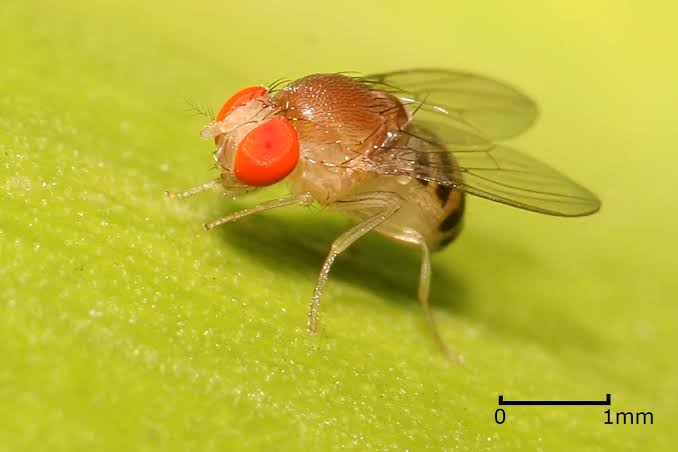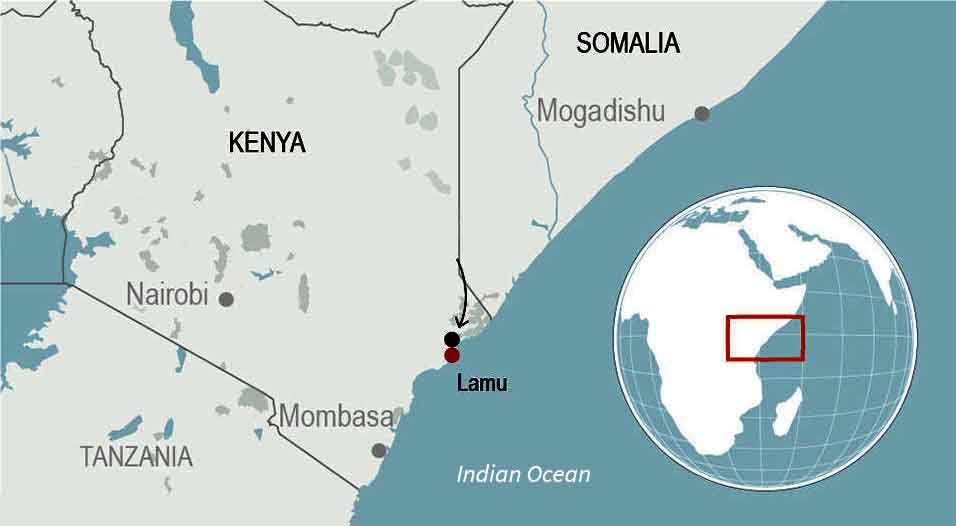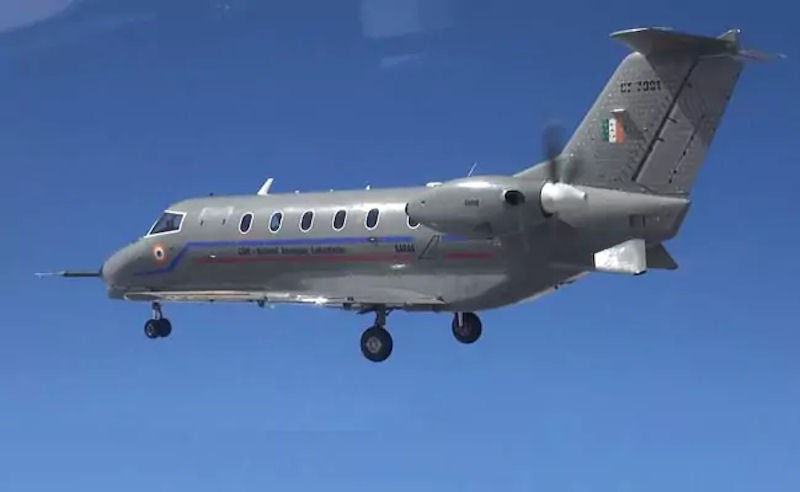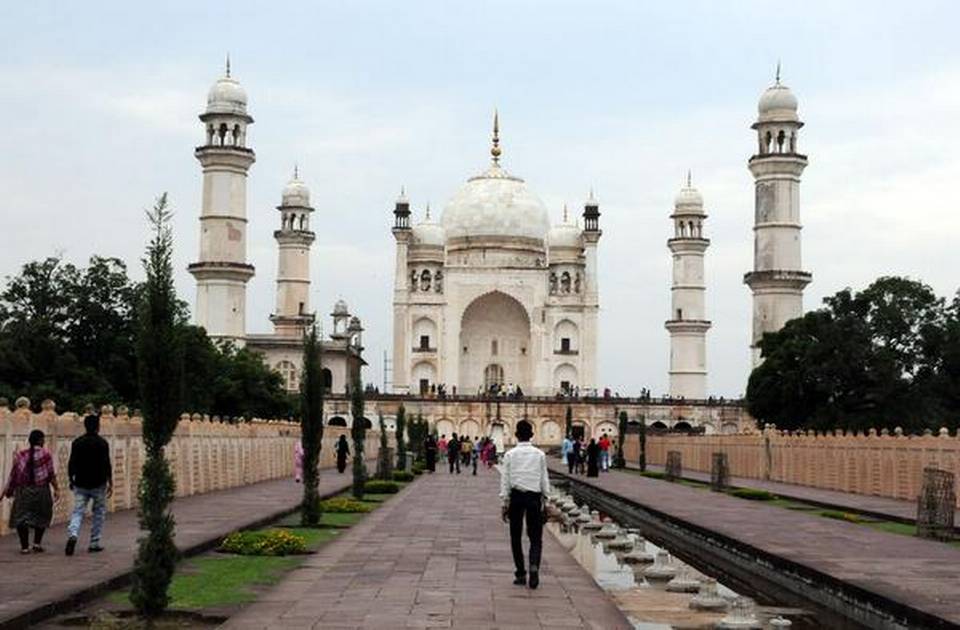SC Judgement on Prohibition of Child Marriage Act, 2006
Why in News
The Supreme Court in a recent judgement has held that the Prohibition of Child Marriage Act, 2006 does not intend to punish a male aged between 18 and 21 years for marrying a “female adult”.
- The case concerned a boy who married a 21-year-old woman when he was 17 years old.
Key Points
- The Court interpreted Section 9 of the Act and ruled that neither does the provision punish a child for marrying a woman nor a woman for marrying a male child.
- The provision does not punish even a female adult for marrying a male child because in Indian society, decisions regarding marriage are usually taken by the family members of the bride and groom, and women generally have little say in the matter.
- The sole objective of the provision is to punish a man for marrying a minor girl.
- It also said that the 2006 Act also gives an option for prospective grooms who are between 18 and 21 years old to opt out of marriages.
The Prohibition of Child Marriage Act, 2006
- The law seeks to prevent child marriages by making certain actions punishable and by appointing certain authorities responsible for the prevention and prohibition of child marriages.
- Definitions under the Act
- “Child” means a person who, if a male, has not completed twenty-one years of age, and if a female, has not completed eighteen years of age.
- “Child marriage” means a marriage to which either of the contracting parties is a child.
- “Minor” means a person who has not attained his majority under the provisions of the Majority Act, 1875. As per the Majority Act, 1875, every person domiciled in India attain the age of majority on his completing the age of eighteen years.
- Child marriage is an offence punishable with rigorous imprisonment, which may extend to 2 years, or with fine up to Rs.1 Lakh, or both. The offences under the Act are cognisable and non-bailable.
- Persons who can be punished under the Law include
- Whoever performs, conducts or directs or abets any child marriage.
- A male adult above 18 years marrying a child (Section 9).
- Any person having charge of the child, including – parent or guardian, any member of an organisation or association, promoting, permitting, participating in a child marriage.
Republic Day Tableaux
Why in News
The government has selected 22 tableaux proposals — 6 by central government departments and ministries and 16 by states and Union Territories (UTs) — for the Republic Day parade in 2020.
- A total of 32 states and UTs, and 24 ministries and departments had sent their tableau proposals for the Republic Day 2020 parade.
Selection Process of Tableaux
- The Ministry of Defence carries out the selection process of tableaux for the Republic day parade.
- The Ministry sets up an expert committee with distinguished people from various fields of arts to shortlist the tableaux proposals received from various states and organizations.
- The expert committee consists of prominent persons in the field of art, culture, painting, sculpture, music, architecture, choreography, etc.
- In order for all states to get representation, states are given representation on a rotational basis.
- It needs to be noted that writing or use of logos on tableaux is not allowed except the name of states or Union Territories that are presenting it on the day of the parade. There is also a pattern to where the names of the states should be written — in Hindi in the front, in English on the back and in regional language on the sides of the tableau.
Republic Day
- India became a free nation on 15th August, 1947 which is celebrated as the Independence Day.
- Republic Day is celebrated as the day when India acquired a written Constitution and became an independent republic.
- The term ‘Republic’ indicates that India has an elected head called the President.
- The Constitution of India was adopted by the Constituent Assembly on 26th November , 1949 and came into effect on 26th January, 1950.
- 26th November is observed as the Constitution Day.
- 26 January was chosen to be observed as the Republic Day because it was on this day in 1930 when the Indian National Congress (INC) declared Purna Swaraj or Indian independence from the British regime.
- During INC’s Lahore session of December 1929, Purna Swaraj resolution was passed. The session was presided by Jawaharlal Nehru.
- The chief guest of 2020 Republic Day parade will be Brazilian President Jair Bolsonaro.
5th Edition of Global Drosophila Conference at Pune
Why in News
The fifth edition of the Asia Pacific Drosophila Research Conference (APDRC5) commenced at Pune on January 6 for a period of five days.
- The conference is being organised in the country for the first time by the Indian Institute of Science Education and Research (IISER).
- The last four editions of this conference took place in Taipei, Seoul, Beijing and Osaka.
Key Points
- It is a biennial conference and it aims to promote the interaction of Drosophila researchers in the Asia-Pacific region with their peers in the rest of the world.
- It brings together scientists from all over the world who use the fruit fly, Drosophila, as a model organism to address basic and applied questions.
- The event will have foreign and Indian delegates. Two Nobel laureates, professors Eric Wieschaus and Michael Rosbash, known for their seminal contribution to the field of developmental biology and chronobiology respectively, will also attend the conference.
- Prof. Wieschaus, an American evolutionary developmental biologist, shared the Nobel Prize in Physiology in 1995 with Edward B. Lewis and Christiane Nüsslein-Volhard for his work on the genetic control of embryonic development.
- Prof. Rosbash shared the Nobel Prize in 2017 in Physiology along with Michael Young and Jeffrey Hall for their discoveries of molecular mechanisms controlling the circadian rhythm.
- Drosophila

- Drosophila is derived from the Greek word drósos which means dew loving.
- These belong to the Droso–philidae family and are most frequently known as fruit flies or vinegar, wine or pomace flies.
- Their main distinguishing character is that they stay on ripe or rotten fruits. There is another related family Tephritidae, also called true fruit flies or fruit flies but these feed primarily on unripe or ripe fruits.
- Drosophila is one of the most widely-used and preferred model organisms in biological research across the world for the last 100 years. A lot of discoveries in biology have been made using this.
- Its genome is entirely sequenced and there is an enormous amount of information available about its biochemistry, physiology and behaviour.
Indian Institute of Science Education and Research System
- It is a network of institutions devoted to science education and research.
- These were set up on the recommendations of the Scientific Advisory Council to the Prime Minister under the chairmanship of Professor C.N.R. Rao.
- In 2013, Professor C.N.R. Rao became the 3rd scientist after C.V. Raman and A.P.J. Abdul Kalam to receive Bharat Ratna.
- There are seven such institutes established in Bhopal, Kolkata, Mohali, Pune, Thiruvananthapuram, Tirupati and Berhampur.
- The vision of these institutes encompasses the creation of research centres of the highest calibre where teaching and education in the basic sciences are integrated with state-of-the-art research.
- These institutions are devoted to under-graduate and post-graduate teaching in the basic sciences in an intellectually vibrant atmosphere of research.
- IISER is very strong in Drosophila research in India.
ISRO’s Astronaut Training Hub in Karnataka
Why in News
The Indian Space Research Organisation (ISRO) has proposed Human Space Flight Centre (HSFC) at Challakere in Chitradurga district of Karnataka.
- The region already houses some facilities of ISRO, the Defence Research & Development Organisation’s Advanced Aeronautical Test Range, the Bhabha Atomic Research Centre and the Indian Institute of Science. Thus, it is also known as Science City.
- Moreover, ISRO has also planned to add a quarantine facility at the Sriharikota spaceport.
- Quarantine is a restriction on the movement of people and goods which is intended to prevent the spread of disease or pests.
- The quarantine facility would ensure that astronauts who are about to enter the spacecraft before the launch stay unexposed.
Key points
- All in one facility: Challakere will be the single-stop consolidating infrastructure and activities related to space travellers.
- Currently, Human Spaceflight Programme (HSP) work is split across various centres such as the Vikram Sarabhai Space Centre in Thiruvananthapuram, Kerala and the U.R. Rao Satellite Centre in Bengaluru.
- Challakere will also host work related to crew and service modules of the spacecraft that carries the astronauts.
- Reduction of Cost: The first set of four astronaut candidates for the Gaganyaan mission of 2022 are to train in Russia. For such programmes, the country pays a large amount of money to avail space training facilities abroad.
Challakere
- Challakere is a city in Chitradurga district in the state of Karnataka. India.
- It is called Oil city with numerous edible oil mills around the city.
- Challakere is famous for kambali (woven blankets) made by the local Kuruba people.
- It is also known as the "second Mumbai" of India because it is the second-largest producer/supplier of edible oil after Mumbai. There are as many as 60+ oil industries in Challakere.
Pradhan Mantri Fasal Bima Yojana (PMFBY)
Why in News
Maharashtra has become the first state in the country to integrate its land records with the web portal of the Pradhan Mantri Fasal Bima Yojana (PMFBY).
- This will help in checking the cases of “over-insurance” — insurance of more land than in possession — as well as insurance of ineligible people.
- Maharashtra also counts itself among the top five states in the country in terms of payment of claims under the PMFBY.
- During the financial year 2018-19, the state had 1.39 crore farmers opting for the scheme and the total premium collected was Rs 4,778.30 crore.
Pradhan Mantri Fasal Bima Yojana (PMFBY)
- The Pradhan Mantri Fasal Bima Yojana was launched in 2016 and is being administered by the Ministry of Agriculture and Farmers Welfare.
- It provides a comprehensive insurance cover against failure of the crop thus helping in stabilising the income of the farmers.
- Scope: All food & oilseed crops and annual commercial/horticultural crops for which past yield data is available.
- Premium: The prescribed premium is 2% to be paid by farmers for all Kharif crops and 1.5% for all rabi crops. In the case of annual commercial and horticultural crops, the premium is 5%.
- The scheme is compulsory for loanee farmers availing Crop Loan /Kisan Credit Card (KCC) account for notified crops and voluntary for others.
- The scheme is implemented by empanelled general insurance companies. The selection of the Implementing Agency (IA) is done by the concerned State Government through bidding.
5 Years of UJALA and SLNP
Why in News
The Union government’s Unnat Jyoti by Affordable LEDs for All (UJALA) and LED Street Lighting National Programme (SLNP), marked their fifth anniversary on 5th January 2020.
- Both schemes have been spearheaded and implemented by Energy Efficiency Services Limited (EESL), a joint venture of PSUs under the Ministry of Power, Government of India.
- These programmes have bagged global awards like the South Asia Procurement Innovation Award (SAPIA) 2017, CIO 100 award 2019, the Global Solid State Lighting (SSL) award of excellence.
Key Points
Unnat Jyoti by Affordable LEDs for All
- About
- It was launched in 2015 with a target of replacing 77 crore incandescent lamps with LED bulbs and to nullify the high-cost of LEDs that acted as a barrier previously in the adoption of energy-efficient systems.
- The scheme was implemented to set up a phase-wise LED distribution.
- The objective is to promote efficient lighting, enhance awareness on using efficient equipment that will reduce electricity bills and preserve the environment.
- It is the world’s largest domestic lighting project.
- Achievements
- Through the UJALA initiative, over 36.13 crore LED bulbs have been distributed across India. This has resulted in an estimated energy savings of 46.92 billion kWh per year, avoided peak demand of 9,394 MW, and an estimated greenhouse gas (GHG) emission reduction of 38 million tons of CO2 annually.
- The reduced electricity bills add to a household’s disposable income and lifetime savings, thus improving the quality of life, generating prosperity in local communities and in expanding energy access to all.
- Apart from this, the Government of India initiated the Gram Swaraj Abhiyan (GSA) in 2018, which was aimed at the promotion of social harmony by appraising rural communities of various government welfare schemes and initiatives. As a part of it, villages with poor households were able to buy LED bulbs for a special price under UJALA programme.
Street Lighting National Programme
- About
- It was launched in 2015 and has been instrumental in replacing over 50 lakh street lights in over 500 cities in India.
- Under the programme, EESL replaces the conventional street lights with LEDs at its own costs, with no upfront investment by the municipalities, thereby making their adoption even more attractive.
- It is the world’s largest streetlight replacement programme.
- Achievements
- Under the SLNP programme, over 1.03 crore smart LED streetlights have been installed till date, enabling an estimated energy savings of 6.97 billion kWh per year with an avoided peak demand of 1,161 MW and an estimated greenhouse gas (GHG) emission reduction of 4.80 million tons CO2 annually.
- LED streetlights have been installed in various states across the country, helping generate approximately 13,000 jobs to support Make in India initiative.
- It has enabled citizens to increase productivity at night and made roads safer for pedestrians and motorists due to enhanced brightness and reduced dark spots.
- The power utilities of states where the installation of LEDs has been implemented save up to 50% in electricity bills.
- By March 2020, SLNP aims to replace 1.34 crore conventional streetlights in India with smart LEDs.
- This goal will make a huge difference by enabling peak demand reduction of about 1500 MW, annual energy savings of 9 billion kWh and reduction in 6.2 million tons of CO2 per year.
Lamu Region in Kenya
Why in News
Somalia’s Al-Shabaab group has attacked a military base used by the United States of America (USA), and Kenyan forces in Kenya’s coastal Lamu region.
Lamu Region
- Lamu Island is located on the eastern coast of Kenya.
- Lamu is one of the oldest and the best-preserved living settlements among the Swahili towns (in Arabic Swahili means "of the coast") on the East African coast.
- The old town is thus a unique and rare historical living heritage with more than 700 years of continuous settlement.
- It is built on coral stone and mangrove timber and is characterized by structural forms such as inner courtyards, verandas, and elaborately carved wooden doors.
- It was one of the most important trade centres in East Africa before other towns such as Zanzibar and Mombasa took over.
- Lamu represents the Swahili culture, resulting from the interaction between the Bantu, Arabs, Persians, Indians, and Europeans.
- Lamu has hosted major Muslim religious festivals since the 19th century and has become a significant centre for the study of Islamic and Swahili cultures.
- It is recognised as a World Heritage Site by the United Nations Educational, Scientific and Cultural Organization (UNESCO).
Saras Mk-2
Why in News
The National Aerospace Laboratory (NAL) has been pushing the government to make Saras Mk-2 commercially viable.
- NAL wants the government to use it under UDAN (Ude Desh Ka Aam Nagrik) because it has the capacity to operate in ill-equipped, semi-prepared and unpaved airstrips.
Key Points
- Saras Mk-2 is 19-seater aircraft. It was developed with a target cost of ₹50 crore which is at least 20-25% lower in cost than other aircraft in a similar category.
- The NAL developed this first indigenous light transport aircraft.
- The NAL suggests using this for VIP services or tackling emergencies in times of natural calamities.
National Aerospace Laboratories
- It is India's first largest and only government aerospace R&D laboratory in the country’s civilian sector.
- It was established by the Council of Scientific and Industrial Research (CSIR) at Delhi in 1959 and its headquarters was later moved to Bangalore in 1960.
Bibi ka Maqbara of Aurangabad
Why in News
The Archaeological Survey of India (ASI) will undertake scientific conservation of Bibi Ka Maqbara located in Aurangabad, Maharashtra.
Key Points
- It is a famous 17th century Mughal-era monument in the city of Aurangabad, Maharashtra.
- It was commissioned by Emperor Aurangzeb in 1660 in the memory of his wife Dilras Banu Begum.
- The structure is known as the ‘Taj of the Deccan’ because of its striking resemblance to the Taj Mahal.
- The domes, minarets and the marble screens inside are built in marble.
Archaeological Survey of India
- ASI is the premier organization for the archaeological research, scientific analysis, excavation of archaeological sites, conservation and preservation of protected monuments.
- It is an attached office under the Department of Culture, Ministry of Culture.
- It was founded in 1861 by Alexander Cunningham, who became its first Director-General.
Khilonjias of Assam
Why in News
The ethnic communities of Assam are opposing to include non-tribal communities in the group of Khilonjia (also known as indigenous) people of the state.
- The opposition came ahead of a report to be submitted by panel enlisting the communities that qualify to be called ‘khilonjia’ for implementing Clause 6 of the Assam Accord of 1985.
- Clause 6 of the Assam Accord (1985) prescribes land and constitutional rights only for the indigenous in Assam.
- Currently, Khilonjias comprises of Bodo (the largest plains tribe in the northeast), Deuri, Dimasa, Rabha, Sonowal Kachari, Thengal Kachari and Tiwa.